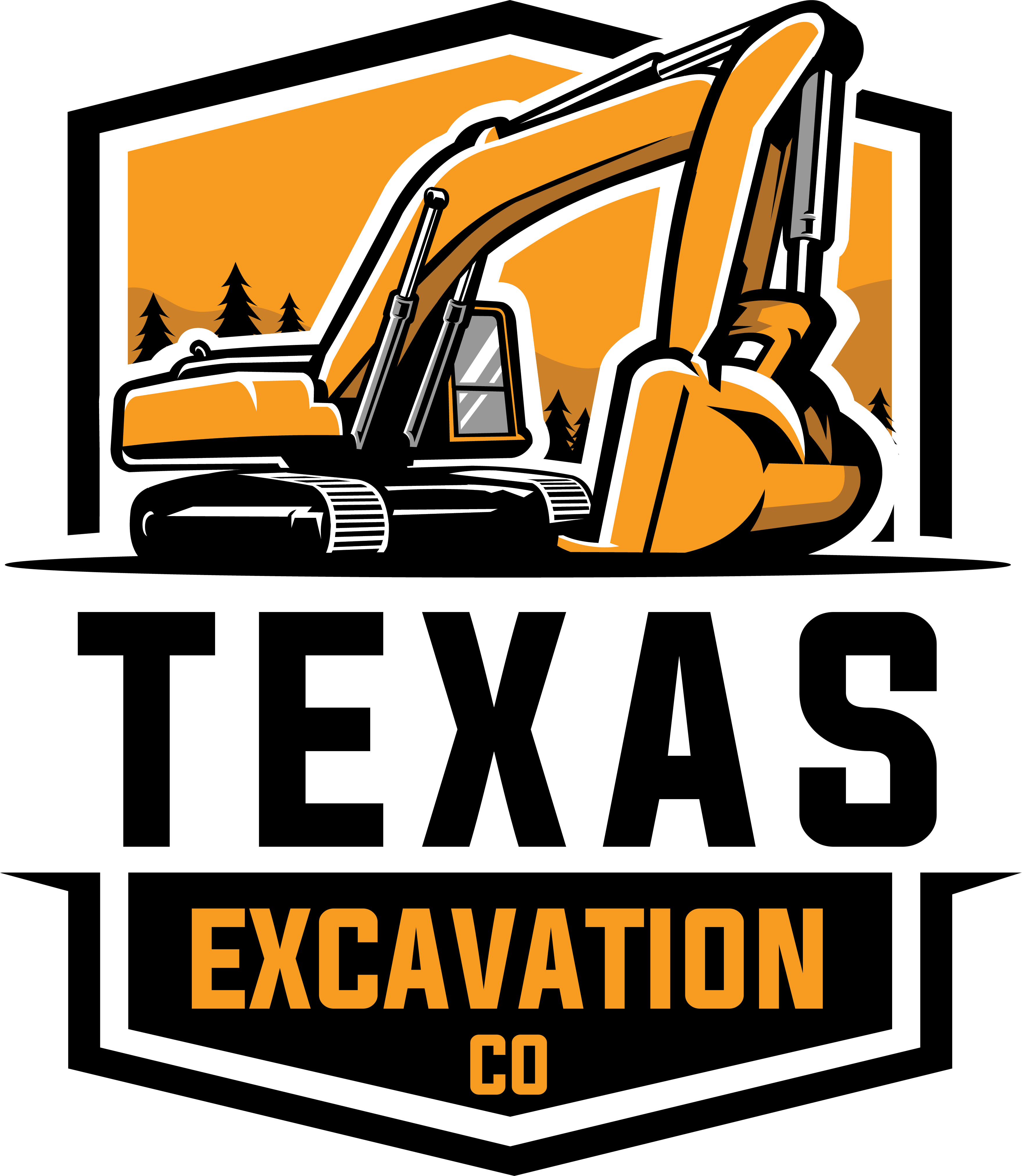Graham Park
William E. Graham first platted wooded land in the north part of Greenville for the Graham Addition in the early part of the 20th century. He had inherited the land at the death of his son, Richard Graham, and 10 acres were set aside for a public park to be named in honor of his son. The city purchased the park in 1909, retaining the name Graham Park. Graham Park has served many functions throughout the years, it was once a zoo, a railway destination, and an outdoor pool. In 2007new restrooms built and in 2012 the playground was updated from the old metal playground equipment with the help of a Texas Parks and Wildlife 1 million matching parks and open space fund agreement. This park has multiple activities from a fishing pond to a sand volleyball court that make Graham Park a prime location to go to if you are looking for a great park to go with your family.
In its 100-year history, Greenville’s Graham Park has served as an amusement park, an encampment for a Confederate soldiers’ reunion, a stop on the Greenville Electric Street Railway line and the site of The Natatorium, the city’s swimming pool. According to accounts in W. Walworth Harrison’s “History of Greenville and Hunt County, Texas” and from information furnished by contemporary historian Carol Taylor, William E. Graham first platted wooded land in the north part of Greenville for the Graham Addition in the early part of the 20th century. He had inherited the land at the death of his son, Richard Graham, and 10 acres were set aside for a public park to be named in honor of his son. The city purchased the park in 1909, retaining the name Graham Park. Don’t forget to check out this place in Greenville too.
The following year, the Greenville Electric Street Railway constructed streetcar lines in the city and leased Graham Park for an amusement park as a means of increasing ridership to that area. Included were a band shell, dance pavilion, bowling alley, skating rink, theater, zoo and children’s playground. The railway changed the name to Forest Park, after a famous site in St. Louis. (At that time Forest Park Cemetery on the Lone Oak Pike was called Horne’s Burying Ground.) In 1913 and 1914, Confederate veterans had their state reunion in the park, with hundreds of Texas veterans setting up tents and army cots. Festivities were held at the Hunt County Fair Grounds which was then located at Stanford and Moulton Streets. Street car fare was five cents, which proved insufficient to cover operation and capital outlay. By 1918, the company had gone into receivership, leaving the park neglected and full of weeds. In 1921, the Lions Club was reorganized and decided to restore the park as a project. They solicited funds from local businessmen, and developed winding drives and a lake which extended through the entire tract to the west side, with an arched, rustic bridge crossing it. The club had never owned the park, but they persuaded the city to take over the park’s care, and Joe Stanford was employed as superintendent. He beautified the tract with hedges, flowers and a huge Texas star of neatly clipped privet. The place then became known as City Park. After Stanford’s death, the hedge and flowers were untended, and two-thirds of lake was filled in to create more parking and playground space. If you are ever in need of excavation, click here.
